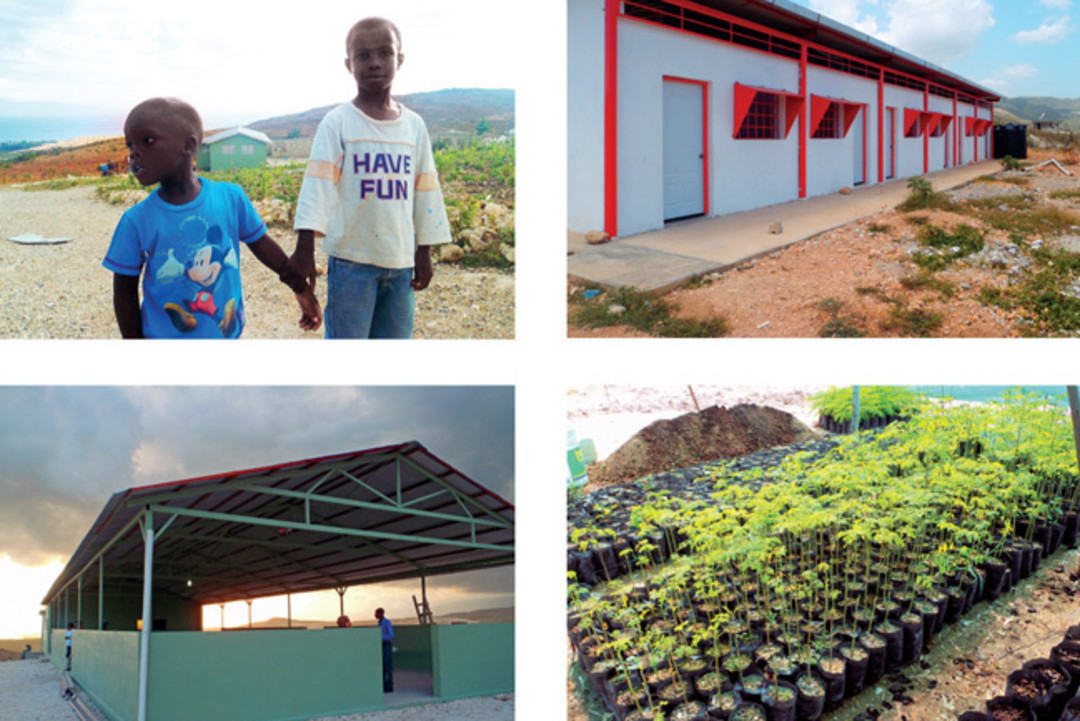Green House

Far from bioswales, rooftop windmills, and mandatory composting, Haiti’s Montesinos orphanage and school might still be seen as a little piece of Portland. Over the past three years, Portland State University students terraced and planted 22 barren acres, seeded organic farming, and built a water system—all expressions of the sustainable know-how that is Portland’s calling card in the design world. Will there be food carts? Quite possibly.
Sergio Palleroni, the director of PSU’s Center for Public Interest Design, sees the project as part of a larger effort to export green building to where it’s necessary, not merely cool.
“We work to take these techniques to places where they really matter,” the 58-year-old, Argentina-raised architect says. “This site was almost completely defoliated. It’s insane. No place on earth should be like that. And this orphanage is trying to give kids not just charity, but a path to being useful in society.”
Palleroni’s team of 46 PSU students (mostly in architecture, with some studying urban studies and engineering) designed and built two housing complexes, an eating hall, an industrial kitchen, and an eight-classroom school complete with a library. (The Portlanders collaborated with international organizations and businesses on the $1.3 million project.) This month, a Portland contingent returns to build out a pair of lushly planted courtyards and prepare for what comes next.
Palleroni says the team plans to expand its work into the surrounding region and help launch a host of small-business projects to employ orphanage kids. “We’re creating a pasta and bread factory, and the priest in charge has a vision for microindustries as an economic engine,” Palleroni says, noting that vast, open-air artisan markets represent Haiti’s most dynamic economic forces. “We have this crazy idea for a mobile, Portland-style food-cart business model, using school buses and shipping containers.”
While the optimism is infectious, the architect also notes substantial challenges. “The environment just beats you down,” Palleroni says. “There’s a lack of resources and construction materials, and nowhere to go if tools break. Everyone should go to Haiti to see where we could all go if we don’t watch out.”
